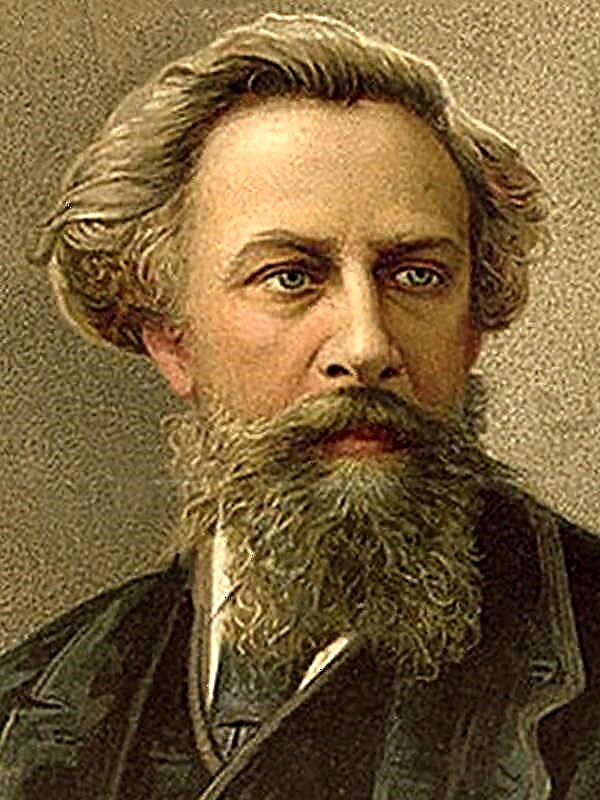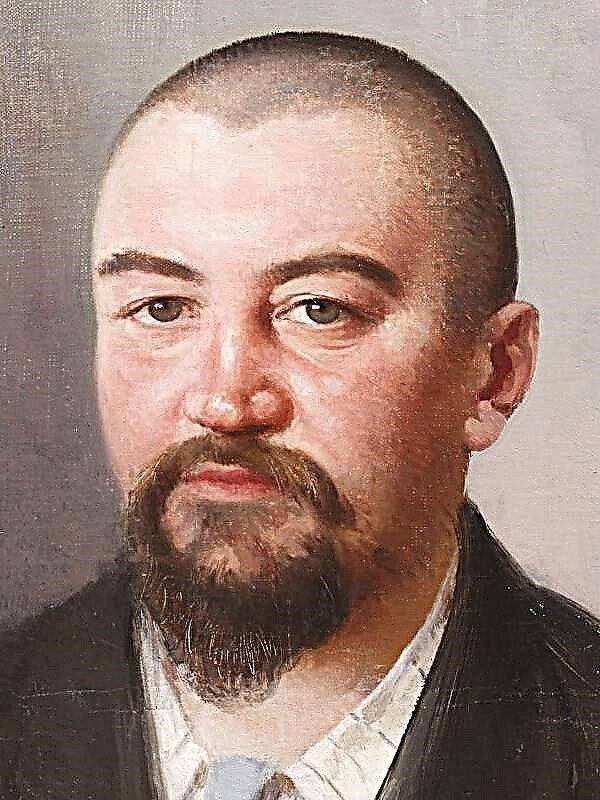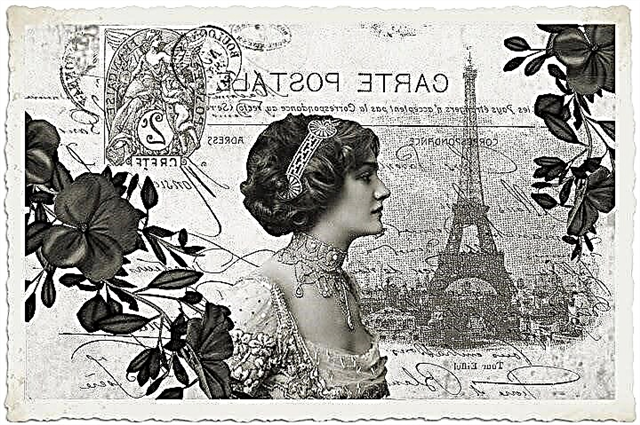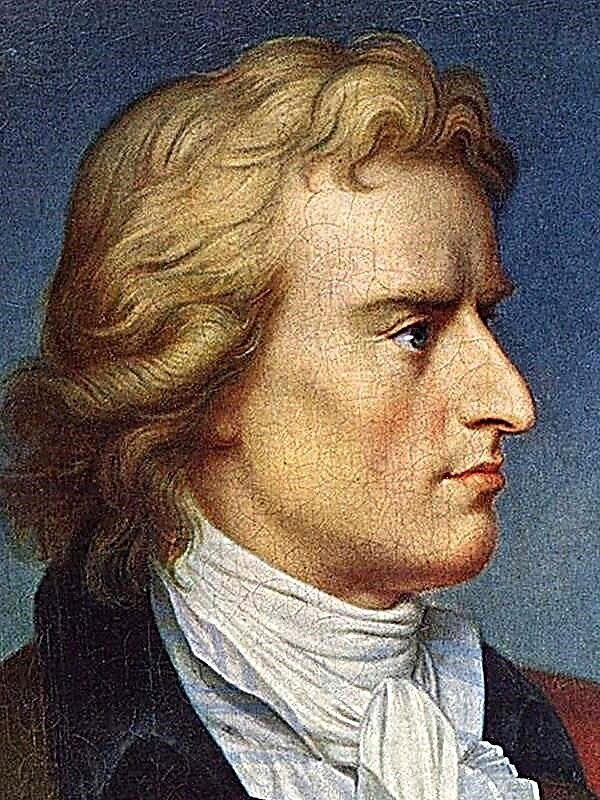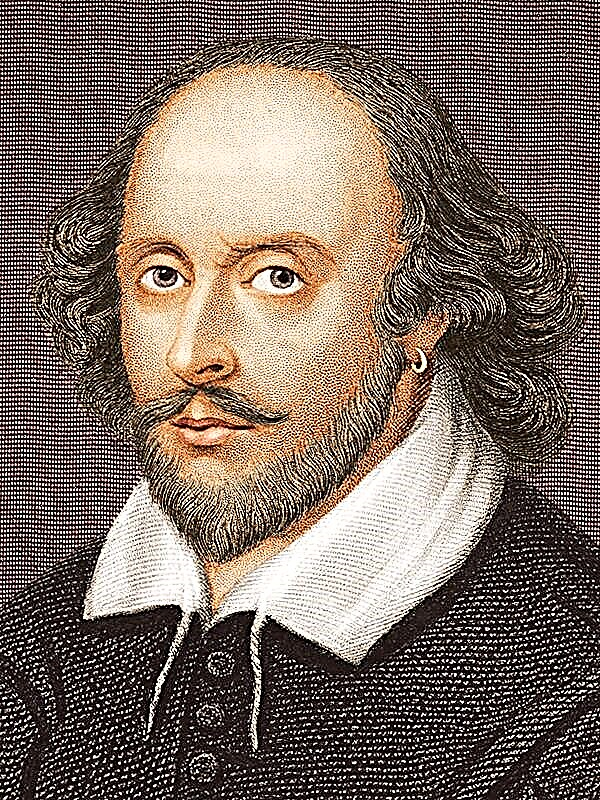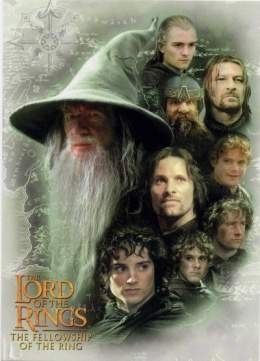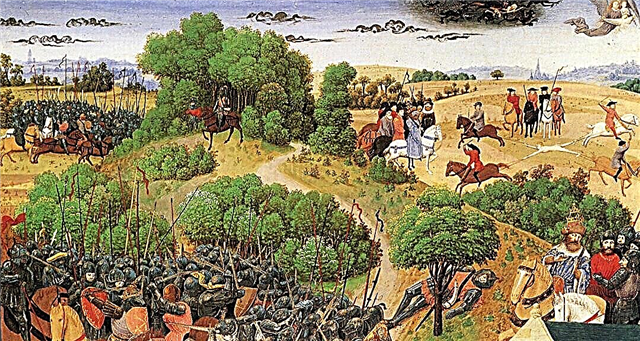Postmodernism is a phenomenon in art that appeared in the West in the 70s of the XX century, and spread in Russia in the 90s. It is opposed to both classical realism and modernism, more precisely, it absorbs these directions and gives a mockery of them, violating their integrity. It turns out the ubiquitous eclecticism, which many people cannot get used to. The word "postmodernism" for many is something scandalous, obscene, but is it really so?
Postmodernism
The origins of postmodernism is the natural historical process itself. The end of the 20th century is characterized by the rapid development of science and technology, because of this, many truths that seemed unshakable become the prejudices of the older generations. Religion and traditional morality survive the crisis; all the canons and foundations require revision. However, they are not indiscriminately denied, as in the era of modernism, but are rethought and are embodied in new forms and meanings. This is also due to the fact that a person received almost unlimited access to all kinds of information. Now, wise by experience and weighed down by knowledge, he is old from birth. All that ancestors took seriously, he sees in the light of irony. This is a kind of protection against the information that the media used to skillfully disguise and not negotiate. A postmodern man sees and knows more than his ancestors, so he is inclined to be skeptical of everything that surrounds him. Hence the main tendency of postmodernism - to reduce everything to laughter, not to take anything seriously.
The attitude to nature and society towards the end of the 20th century is also changing: a man felt almost omnipotent in nature, but at the same time he was a cog in the entire social system, one of millions. However, revolutions, wars, natural disasters showed people that not everything is so simple. Elements take precedence over helpless earthlings, and the state can be circumvented by using the hidden nooks of a worldwide network. There is no longer a need for constant work, you can travel and develop your business at the same time. However, not everyone can switch to a new way, and therefore a crisis of worldview has arisen. People are no longer being led by the old tricks of the authorities and advertising slogans, but they have nothing to oppose to this musty world. So, the Art Nouveau period has ended and a new one has begun - postmodern, where the incompatible peacefully coexists with each other in an eclectic dance on the grave of the past. This is the face of postmodernism in history.
The homeland of postmodernism is the USA, it was there that pop art, beatniks and other postmodern trends developed. The starting point is in L. Fidner’s article “Cross Borders - Fall in Ditches”, where the author calls for a rapprochement between elite and popular culture.
Basic principles
An analysis of postmodernism should begin with the basic principles that determine its development. Here they are in the most abbreviated form:
- Eclecticism (combination of incongruous). Postmodernists do not create anything new, they bizarrely interbreed what was already there, but it was believed that these things could not be a single whole. For example, a dress and military boots with lace-ups are a cocktail familiar to our eyes, and 60 years ago such an outfit could cause shock for passers-by.
- Pluralism of cultural languages. Postmodernism does not deny anything; it accepts and interprets everything in its own way. It peacefully coexists with the trends of classical culture with modern forms taken from modernism.
- Intertextuality - global use of quotes and references to works. There is art wholly and completely cobbled together from extracts and replicas of another authorship, and this is not considered plagiarism, because the ethics of postmodernism is very humane in relation to such trifles.
- Deconization of art. The boundaries between the beautiful and the ugly have been erased; in this connection, the ugly aesthetics has developed. Freaks win the attention of thousands of people, crowds of fans and epigones form around them.
- Irony. There is no place for seriousness within this phenomenon. For example, instead of tragedy, tragicomedy appears. People are tired of experiencing and being upset; they want to defend themselves from the aggressive environment of the world in humor.
- Anthropological pessimism. There is no faith in progress and humanity.
- Culture show. Art is positioned as entertainment, entertainment is very much appreciated in it.
Concept and idea
Postmodernism is a socio-psychological reaction to the absence of a positive result from progress. Civilization, developing, at the same time destroys itself. This is his concept.
The main idea of postmodernism is the combination and mixing of different cultures, styles and trends. If modernism is designed for the elite, then postmodernism, characterized by a game beginning, makes its works universal: the mass reader will see an entertaining, sometimes scandalous and strange story, and the elite - philosophical content.
G. Küng proposes to use this term in the "world-historical plan", not limited only to the field of art. Postmodernism is guided by the concept of chaos and decay. Life is a vicious circle, people act according to a pattern, live by inertia, they are weak-willed.
Philosophy
Modern philosophy affirms the finiteness of all human ideas about the world (technology, science, culture, etc.). Everything is repeated, not developed, so modern civilization will necessarily collapse, progress does not bring anything positive. Here are the main philosophical movements that nourish our era:
- Existentialism is one of the philosophical currents of postmodernism, proclaiming being irrational, putting human sensations at the forefront. The person is constantly in a crisis state, feeling anxiety and fear as a result of interaction with the outside world. Fear is not only a negative experience, but a necessary shock. Example.
- Poststructuralism is one of the philosophical currents of postmodernism, characterized by negative pathos regarding all kinds of positive knowledge, rational justifications of phenomena, especially cultural ones. The main emotion in this trend is doubt, criticism of traditional philosophy divorced from life.
The man of postmodernism is focused on his body (the principle of body-centrism), all interests and needs converge in him, so experiments are being conducted. Man is not a subject of activity and knowledge, is not the center of the Universe, because everything in it tends to chaos. People do not have access to reality, which means they cannot comprehend the truth.
Main features
You will find a complete list of signs of this phenomenon. here.
Postmodernism is characterized by:
- Paratheatrality - A set of new formats for the visual representation of art: happening, performance and flash mob. Interactivity is gaining momentum: books, cinema and paintings are becoming plots of computer games and part of 3-D performances.
- Transgender - lack of difference between the sexes. Especially noticeable in fashion.
- Globalization - loss of national identity of authors.
- Quick style change - The speed of fashion breaks all records.
- Overproduction of cultural objects and amateurism of the authors. Now, creativity has become available to many, there is no deterrent canon, nor is the principle of cultural elitism.
Style and aesthetics
The style and aesthetics of postmodernism is, first of all, the decanonization of everything, an ironic reassessment of values. Genres are changing, commercial art, which is business, dominates. In the wild mess of life, laughter helps to survive, so another feature is carnivalization.
Pastish is also characteristic, that is, fragmentation, inconsistency of narration, this leads to communicative difficulties. The authors do not follow reality, but pretend to be believable. Postmodernists are characterized by a game with text, language, timeless images and plots. The author's position is fuzzy, he eliminates himself.
Language for postmodernists is a system that interferes with communication, each person has his own language, so people are not able to fully understand each other. Therefore, the texts have little ideological meaning; the authors are guided by a plurality of interpretations. Reality is created using language, which means that it can be used to control humanity.
Currents and Directions
Here are the most famous examples of postmodernism.
- Pop art is a new trend in visual art that translates commonplace into the plane of high culture. The poetry of mass production from ordinary things makes symbols. Representatives - J. Jones, R. Rauschenberg, R. Hamilton, J. Dyne and others.
- Magical realism is a literary movement within which fantastic and realistic elements are mixed. Example.
- New genres in literature: corporate romance (example), triplog (example), novel-dictionary (example), etc.
- Beatniks are a youth movement that spawned a whole culture. Example and description.
- Fan fiction is the direction in which fans continue books or supplement universes created by authors. Example: 50 shades of gray
- Theater of the absurd - theatrical postmodernism. Example.
- Graffitism is a movement that mixes graffiti, graphics and easel painting. Here is fantasy, originality combined with elements of a subculture and the art of ethnic groups. Representatives - Crash (J. Matos), Dise (C. Alice), Futura 2000 (L. McGar) and others.
- Minimalism is a trend that calls for antidecorativeness, the rejection of pictoriality and subjectivity. It is distinguished by simplicity, uniformity and neutrality in forms, shapes, colors, materials.
Themes and Issues
The most common theme of postmodernism is the search for a new meaning, a new integrity, guidelines, as well as the absurdity and craziness of the world, the finiteness of all foundations, the search for new ideals.
Postmodernists pose problems:
- self-destruction of mankind and man;
- the averaging and imitation of mass culture;
- excess information.
Basic tricks
- Video art is a movement expressing artistic possibilities. Video art is opposed to mass television and culture.
- Installation - the formation of an art object from household items and industrial materials. The goal is to fill the objects with some special content that each viewer understands in his own way.
- Performance - a show based on the idea of creativity as a lifestyle. The art object here is not the work of the artist, but in itself his behavior and actions.
- Happening is a performance with the participation of the artist and the audience, as a result of which the boundary between the creator and the public is blurred.
Postmodernism as a phenomenon
In literature
Literary Postmodernism - these are not associations, schools, movements, these are groups of texts. The defining features in the literature are irony and “black” humor, intertextuality, collage and shepherd techniques, metafication (writing about the writing process), non-linear plot and game over time, a penchant for technoculture and hyperreality. Representatives and examples:
- T. Pinchoni (Entropy),
- J. Kerouac (On the Road),
- E. Albee (Three Tall Women),
- U. Eco (“The Name of the Rose”),
- V. Pelevin (“Generation P”),
- T. Tolstaya (“Kys”),
- L. Petrushevskaya (“Hygiene”).
In philosophy
Philosophical Postmodernism - opposition to the Hegelian concept (anti-Hegelianism), criticism of the categories of this concept: single, whole, universal, absolute, being, truth, reason, progress. The most famous representatives:
- J. Derrida,
- J.F. Lyotard
- D. Wattimo.
J. Derrida put forward the idea of blurring the boundaries of philosophy, literature, criticism (the tendency of aesthetization of philosophy), created a new type of thinking - multidimensional, heterogeneous, contradictory and paradoxical. J.F. Lyotard believed that philosophy should not deal with any specific problems, should answer only one question: "What is thinking?" D. Wattimo argued that being dissolves in language. The truth is preserved, but understood from the experience of art.
In architecture
Architectural postmodernism is caused by the exhaustion of modernist ideas and social order. In an urban environment, symmetrical development is preferred, taking into account the characteristics of the environment. Features: imitation of historical patterns, mixing styles, simplification of classical forms. Representatives and examples:
- P. Eisenman (Columbus Center, Virtual House, Holocaust Memorial in Berlin),
- R. Bofil (the airport and the building of the National Theater of Catalonia in Barcelona, the head offices of Cartier and Christian Dior in Paris, the Shiseido Building skyscrapers in Tokyo and the Dearborn Center in Chicago),
- R. Stern (Central Park West Street, Carpe Diem Skyscraper, George W. Bush Presidential Center).
In painting
The main idea prevailed in the paintings of postmodernists: there is not much difference between the copy and the original. Therefore, the authors rethought their and other people's paintings, creating new ones based on them. Representatives and examples:
- J. Boyce (“The Wooden Virgin”, “The King’s Daughter Sees Iceland”, “Hearts of the Revolutionaries: Passing the Planet of the Future”),
- F. Clemente (“Plot 115”, “Plot 116”, “Plot 117),
- S. Kia (“Kiss”, “Athletes”).
To the cinema
Postmodernism in the cinema reinterprets the role of language, creates the effect of authenticity, a combination of formal narration and philosophical content, stylization techniques and ironic references to previous sources. Representatives and examples:
- T. Scott ("True Love"),
- K. Tarantino (“Pulp Fiction”).
In music
Musical postmodernism is characterized by a combination of styles and genres, self-digging and irony, the desire to blur the boundaries between elite and mass art, the mood of the end of culture dominates. Electronic music appears, the techniques of which stimulated the development of hip-hop, post-rock and other genres. Academic music is dominated by minimalism, collage reception, and rapprochement with popular music.
- Representatives: Q-Bert, Mixmaster Mike, The Beat Junkies, The Prodigy, Mogwai, Tortoise, Explosions in the Sky, J. Zorn.
- Composers: J. Cage (“4′33 ″”), L. Berio (“Symphony”, “Opera”), M. Kagel (“Instrumental Theater”), A. Schnittke (“First Symphony”), V. Martynov ("Opus posth").



